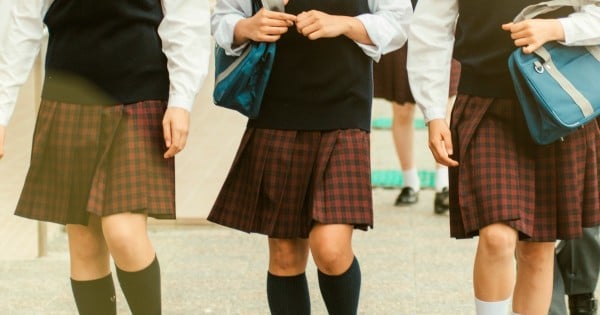
Helen Forgasz, Monash University
Parents often face conflicting advice when deciding whether to send their child to a single-sex or coeducational school.
Despite the lack of evidence, there remains a strong and widely held belief that single-sex schooling is better for girls and coeducation is better for boys.
There are more single-sex schools for girls than for boys in each of the three Australian educational sectors: government, Catholic and independent.
As a consequence, more boys than girls are enrolled in some coeducational schools.
So as a parent, how do you decide which school is best for your child? And, importantly, what do you actually want out of a school? For example, is the focus on achieving good grades, or about making sure your child fits in and feels accepted?
There is no straightforward answer, but research has revealed there are some key things to consider when choosing a school which might help determine where to send your child.
Watch: Celebrities who went to school together. Post continues after video.
Single-sex or co-ed school?
The single-sex versus coeducation debate in Australia has a long history. Public perceptions can be skewed by the media which, in presenting a view, have a tendency to cherry-pick research findings, or simplify issues by ignoring the complexities.
